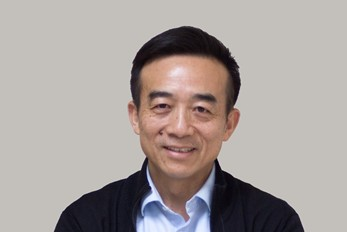题目:Pushing the boundary of Physics: The two ground-breaking works of John Hopfield
报告人:涂豫海(Yuhai Tu)
邀请人:欧阳颀、雷海
时间:2024年11月11日(周一)下午14:15
地点:紫金港校区海纳苑8幢215报告厅
摘要:
The recent Nobel Prize in Physics awarded to John Hopfield and Geoffrey Hinton has stirred great interests in interdisciplinary research and has also prompted the question on “What is Physics?”
In this lecture, we will try to answer this question by examining the two ground-breaking works of John Hopfield: kinetic proofreading in biomolecular synthesis [1] and artificial neural networks [2]. We will use these two classical examples and some of our own research to demonstrate the power of physics concepts and physics-based models in solving important problems in diverse areas such as biology and machine learning, which have led to new paradigms for studying molecular and cellular biology and machine learning/artificial intelligence far beyond the traditional realms of Physics.
[1] John J. Hopfield (1974). Kinetic proofreading: a new mechanism for reducing errors in biosynthetic processes requiring high specificity. Proc. Natl. Acad. Sci. U.S.A. 71 (10): 4135–9.
[2] John J. Hopfield (1982). Neural networks and physical systems with emergent collective computational abilities. Proc. Natl. Acad. Sci. U.S.A. 79 (8): 2554–2558.
个人简介:

Yuhai Tu received his PhD in theoretical physics from UCSD in 1991. He was a Division Prize Fellow at Caltech from 1991-1994. He joined IBM Watson Research Center as a Research Staff Member in 1994 and served as head of the Theory group during 2003-2015. He has been an APS Fellow since 2004 and served as the APS Division of Biophysics (DBIO) Chair in 2017. He is also a Fellow of AAAS. For his work in theoretical statistical physics, he was awarded (together with John Toner and Tamas Vicsek) the 2020 Lars Onsager Prize from APS: For seminal work on the theory of flocking that marked the birth and contributed greatly to the development of the field of active matter.




